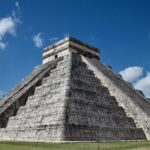Mayan Astrology is not something you see a lot in horoscope readings. The closest the modern world has got to it was through the movie 2012– and it was downright inaccurate from start to finish!
This unfortunate misrepresentation isn’t unavoidable, though. Unlike the Western, Chinese, and Vedic astrological traditions, there are barely any full-time Mayan Astrology practitioners.
Thankfully, though, there are still records that detail how the Ancient Mayans practiced astrology during their heyday. They reveal the art that has guided the Mayans during their short but vibrant existence in what is now Latin America.
Yet what secrets did the Mayans wholeheartedly believe in? How did it influence the lives of these equally fascinating and mysterious people?
Read on to find out!
How is Mayan Astrology unique?
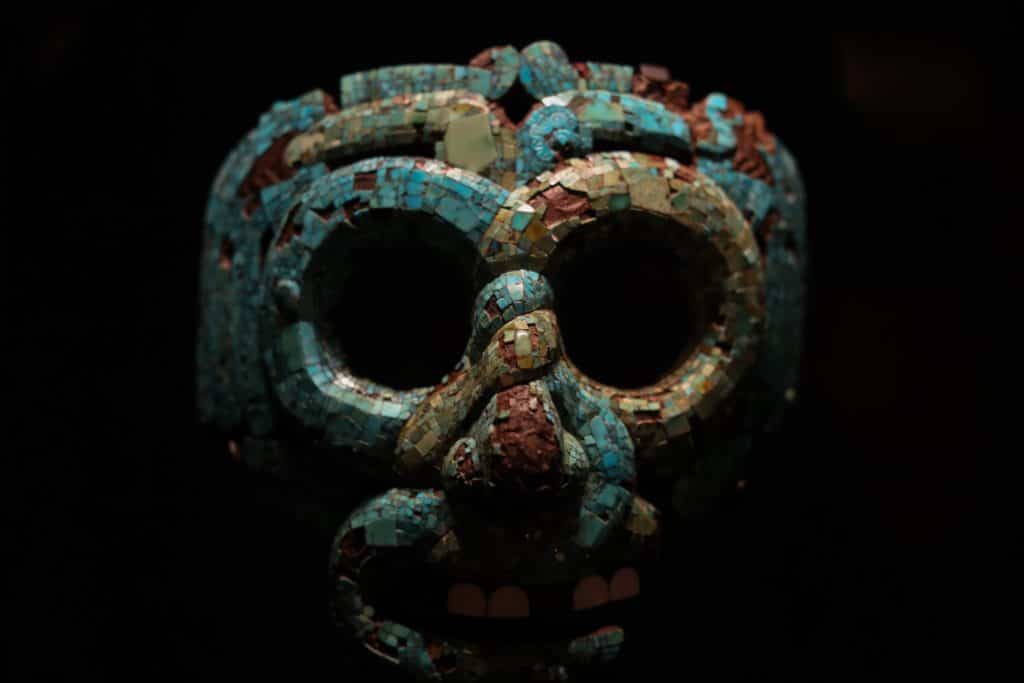
The first thing that anyone would notice is how Mayan Astrology’s mechanics is different from the other astrological traditions. While the number 12 is a consistent theme for the Eurasian practices, this is not the case for its Mayan counterpart.
Instead, it focuses on numbers 20, 13, and 260. While it is unclear why these three numbers are holy in Mayan culture, these numbers are definitely not picked at random.
The number 20 stands for the solar tribes and the number of days in a Mayan “month.” This is comparable with the concept of zodiac signs in other astrological traditions.
These signs are usually animals and figures that the Mayans venerated in their culture. They include things like crocodiles, humans, and even death.
The figures are also paired with a primary color. This is because the Mayans could see these in the natural world. These colors are: blue, red, yellow, and white.
Solar tribes change every day, concerning the belief that every day brings a new world with it. It also emphasizes how each person is unique, with the heavens bestowing qualities that will allow everyone to live a happy and fulfilling life.
All solar tribes hold a special meaning and significance, which they bestow on those born under them. For example, the first sign, Imix, or Red Dragon, is all about fierceness, courage, and a bit of recklessness.
It also makes sense that those born under Imix are also warlike and have this distinct aggressiveness. Compared to the more widely-known Western astrological tradition, these people would fit under the sign of Aries.
If you want to know more about the solar tribes and their significance, you can check out this article and learn more about them.
Each day is also assigned a holy number from 1 to 13—this range, called “the trencena” based on the moon’s cycle.
When the sun tribe and trencena are together, they result in a 260-day calendar, called the Tzolkin. It is one among many that the Mayans used and was mainly for astrological purposes only.
Another distinctive feature of Mayan Astrology is the concept of the Tree of Life. While in present-day Mexico, they are called Arbol de Vida and are mainly for decoration, the ancient Mayans regarded it as their personal horoscope- a birth chart if you will!
It is unclear how exactly Mayan astrologers could calculate everyone’s Tree of Life every time someone was born. Yet, it is clear enough how it was highly valued in their culture and was consulted continuously every time something significant happens in the community.
Planets are also crucial for the Mayans too. As part of the celestial bodies, they influence our existence here on earth.
However, the Mayans also paid extra attention to Venus. For other astrological traditions, she meant love and peace, but the Mayans think otherwise.
For one, wars and battles were scheduled according to Venus’ movement across the sky. The Mayans believed that if they were able to calculate it correctly, their victory is sure to come.
Prisoners of war are also concerned with Venus’ movements. When and where to sacrifice captured enemies is a primary concern for the Mayans, and they make sure that they do it during astrologically significant days.
Mayan Astrology’s primary concern lies in acknowledging the innate uniqueness of the world around them and finding the ways they add up in the cosmic scale. If anything, it emphasizes how nature intertwines with heaven, and together, they create our individual human experiences.
Why haven’t I heard of Mayan Astrology?
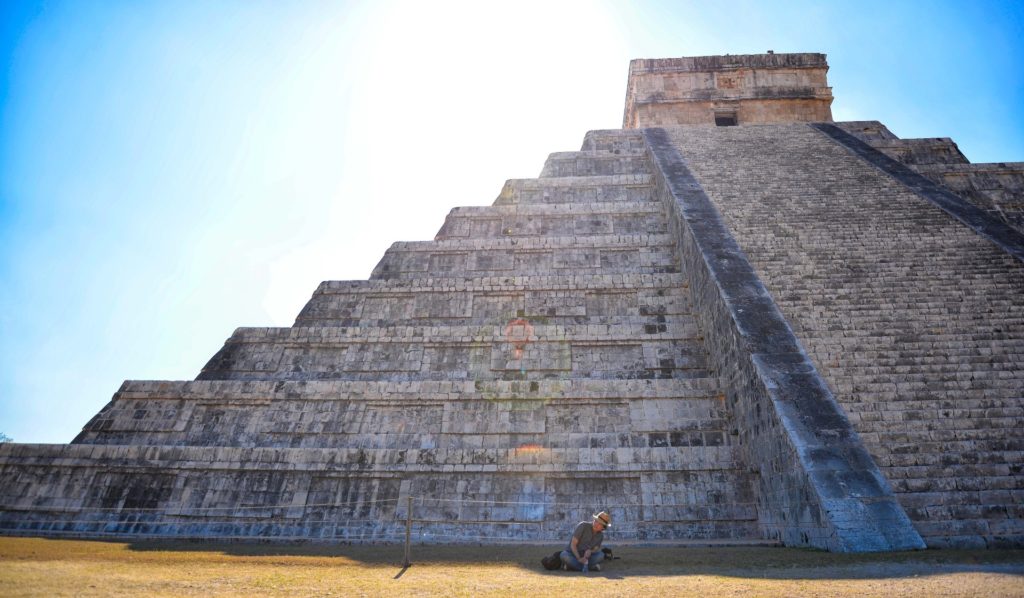
The tragic downfall of the Mayans is one consistently invoked by people against any form of cultural destruction. Though taught in schools around the world, it is a story simply forgotten by many.
However, the story goes like this: during the 16th century, European powers sought to expand their empires beyond the continent. One of these expansionists is the Spaniards, driven by their 3G agenda: God, gold, and glory.
After the “discovery” of the Americas by Christopher Columbus, Spanish explorers called conquistadors came to the continent in the name of the Spanish crown. Thus began the mass extinction of the millions of indigenous peoples, especially the Mayans.
Because of their non-immunity to European illnesses such as smallpox, combined with the bloodlust the intruders had, over 90% of the native population died in just a short amount of time.
The Mayans were meticulous about the preservation of their culture, such as their astrological tradition. They kept their sacred texts about it all, but unfortunately, these priceless documents also met their doomed.
Catholic priests seeking to “save” the natives burned down thousands of documents and had the Mayans’ sacred sites demolished. They believed that the Mayans communed with the Devil, and thus their entire cultural identity must be eradicated.
Fortunately, some academics managed to hide some key documents and smuggled them to Europe for further studies. Thus, we know how Mayan Astrology influenced the indigenous peoples’ lives of what is now known as Latin America.
Yet the price to pay was that virtually all those well-versed in this art has already passed on, one way or another.
Even today, as some people are starting to reclaim their native identity, they still struggle with making heads or tails of the remaining fragments of what was once a highly refined astrological tradition.
The best people can do right now is to try to reconstruct what had once dictated the course of wars, guided lives, and emphasized the power of the heavens above. Practicing it with utmost respect and reverence is also essential- it’s the least non-Mayans can help revive this dying tradition.
How can I understand Mayan Astrology?
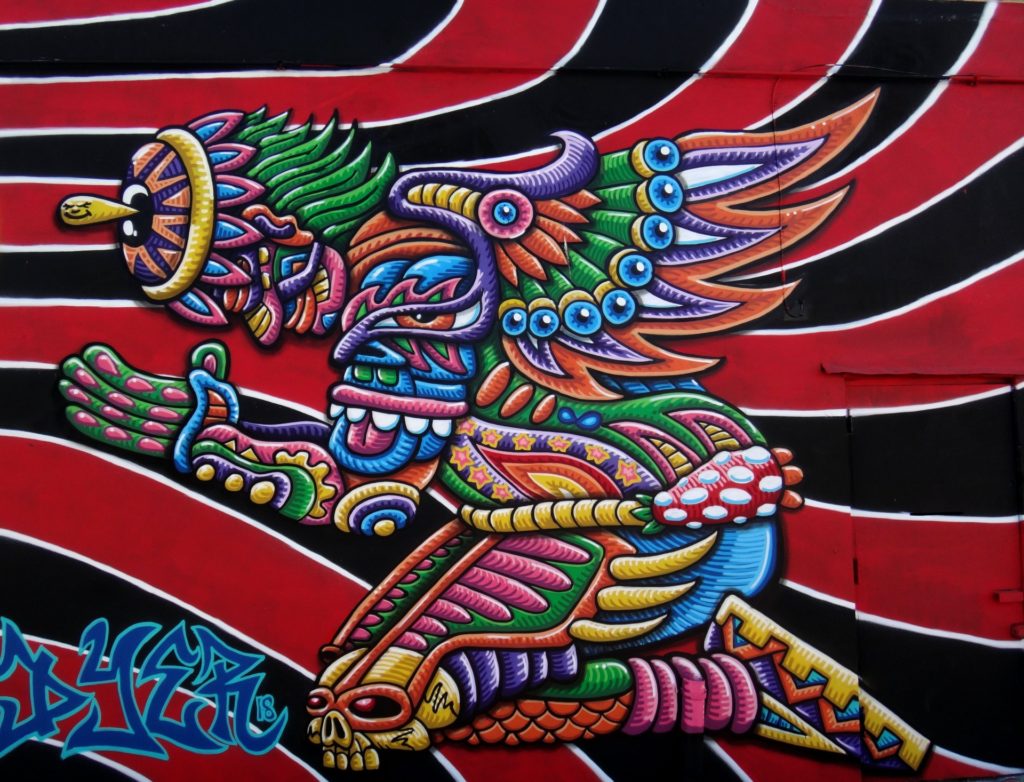
To have a good grasp of how Mayan Astrology works, it is best to call back its complex calendar, the Tzolkin. Again, it is composed of 20 solar tribes with a value from 1 to 13 and has 260 days overall.
To further visualize this, here is a quick rundown of the 20 solar tribes:
- Imix (Red Dragon)
- Ik (White Wind)
- Akbal (Blue Night)
- Kan (Yellow Seed)
- Chiccan (Red Serpent)
- Cimi (White World-Bridger)
- Manik (Blue Hand)
- Lamat (Yellow Star)
- Muluc (Red Moon)
- Oc (White Dog)
- Chuen (Blue Monkey)
- Eb (Yellow Human)
- Ben (Red Skywalker)
- Ix (White Lizard)
- Men (Blue Eagle)
- Cib (Yellow Warrior)
- Caban (Red Earth)
- Etzab (White Mirror)
- Cauac (Blue Storm)
- Ahau (Yellow Sun)
Now, we will assign number 1 to the sign Imix, 2 for Ik, and so on until number 13 has been assigned to the sign, Ben. It will then signal another cycle for the trencena, starting with 1 for Ix, until the number 13 ends with Cimi.
This process will go on and on until the 260 days is over. It will also ensure that those born within this Mayan Astrological year will have a unique sign and horoscope relative to the heavens.
How am I sure that Mayan Astrology is accurate?
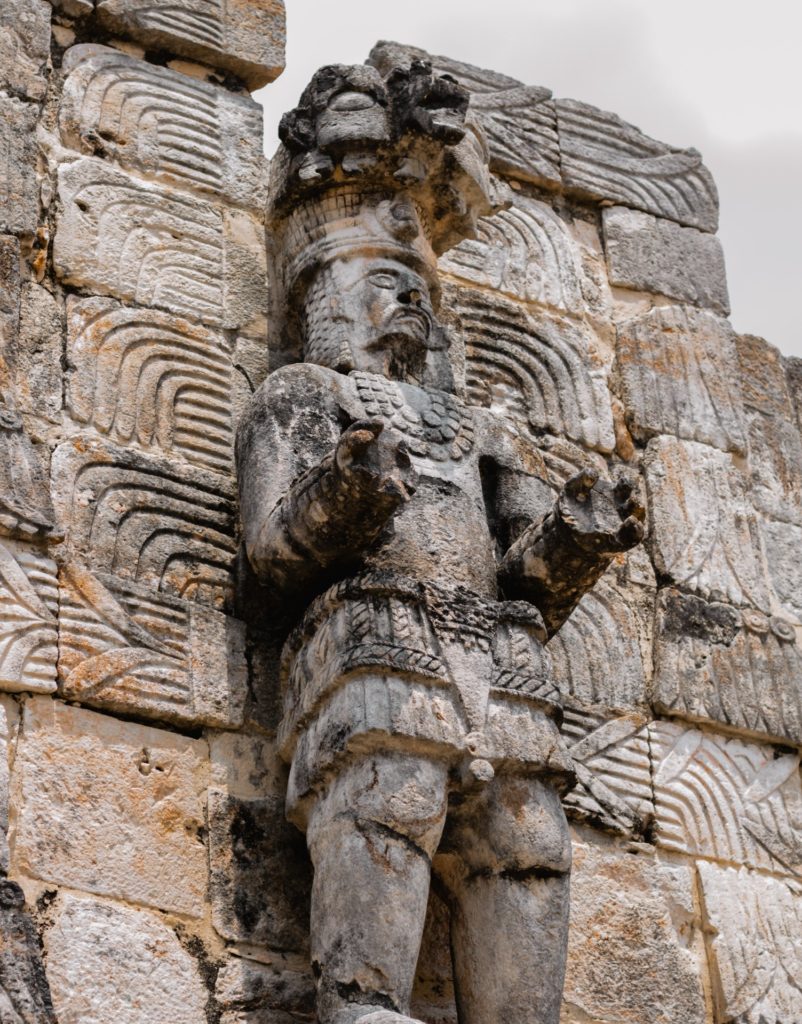
Numerous internet resources offer great insight into the complex world of Mayan Astrology. This concern is also understandable, considering how substantial evidence about this practice during the old days are either gone or far too fragmented.
Yet, many scholars attest to the accuracy of Mayan Astrology through their intricate calculations. An example of this is the controversial calendar used in the movie 2012.
Unlike what the movie said, though, December 21, 2012, was not the end of the world. Instead, it is the end of the era known as the Sun 5.
Fittingly, it was also the winter solstice- indeed a day to mark endings. Yet this did not happen due to coincidence, but instead of highly refined calculations that the Mayans did all those centuries ago.
The only challenge now is finding a reliable astrologer who can give you your personalized Mayan Astrological horoscope. Fortunately, many professionals can help you in your journey in understanding yourself through this ancient art.
Another thing to take away is that Mayan Astrology is on par with the other astrological traditions. You may be discouraged by the system’s intricacy, but think about it; it only adds further beauty to the entire thing!
You just have to start slow by internalizing all of the concepts before making the connections that make Mayan Astrology unique from all its counterparts. Who knows, you might be able to discover a previously forgotten aspect or secret in the practice of this art!
Final Word
Mayan Astrology endures as the testament of a long-lost culture. Through it, we would be to understand the people who eluded history for centuries.
Beyond that, this astrological tradition will give us further insight into who we are as a person. This will also help us understand how we ought to live our lives in the best and most unique way possible.
What’s more, practicing Mayan Astrology is also an excellent way to reconnect with the past and revive it to better our present. Who knows what lessons it will be able to give us as we face this changing world?

